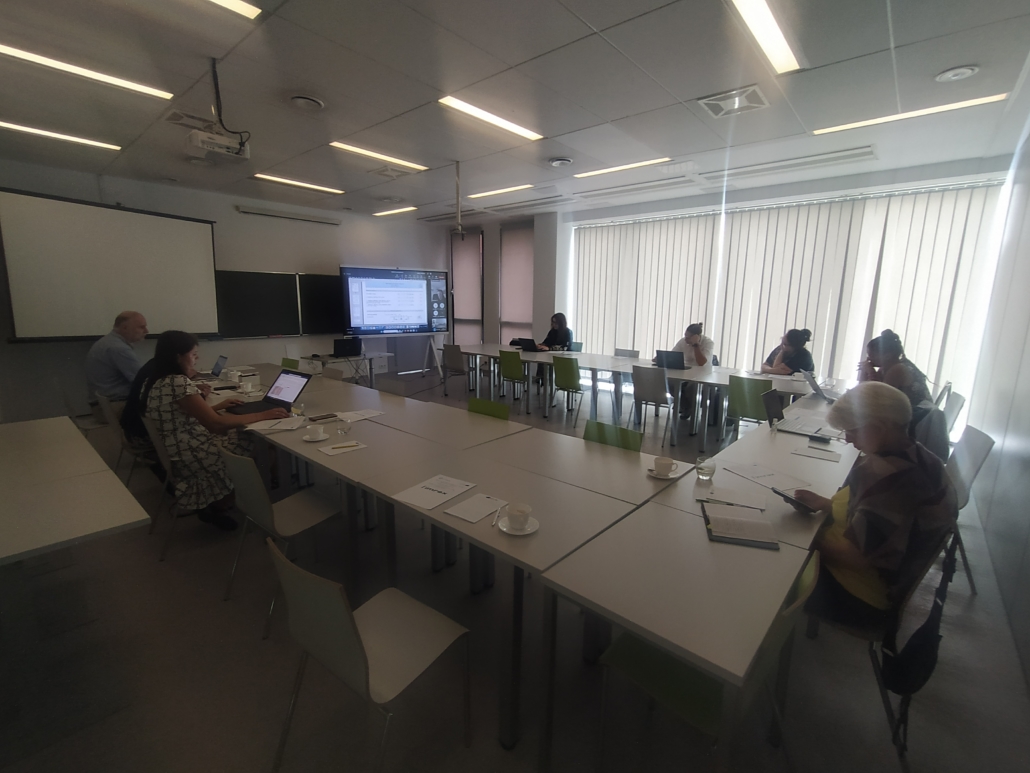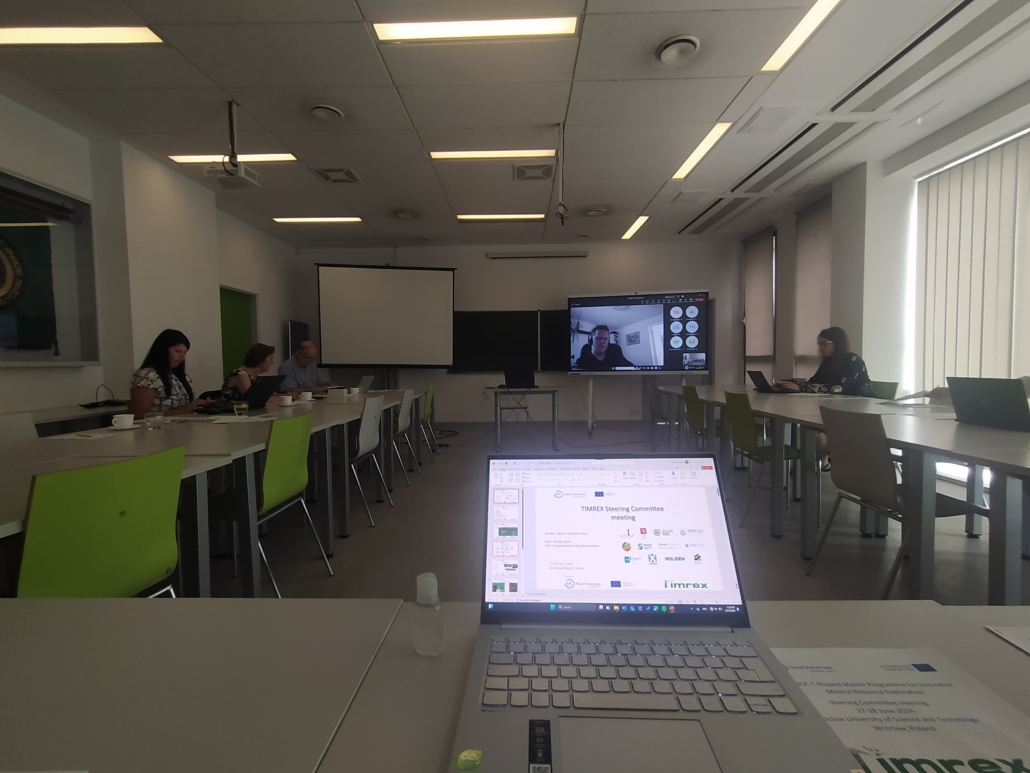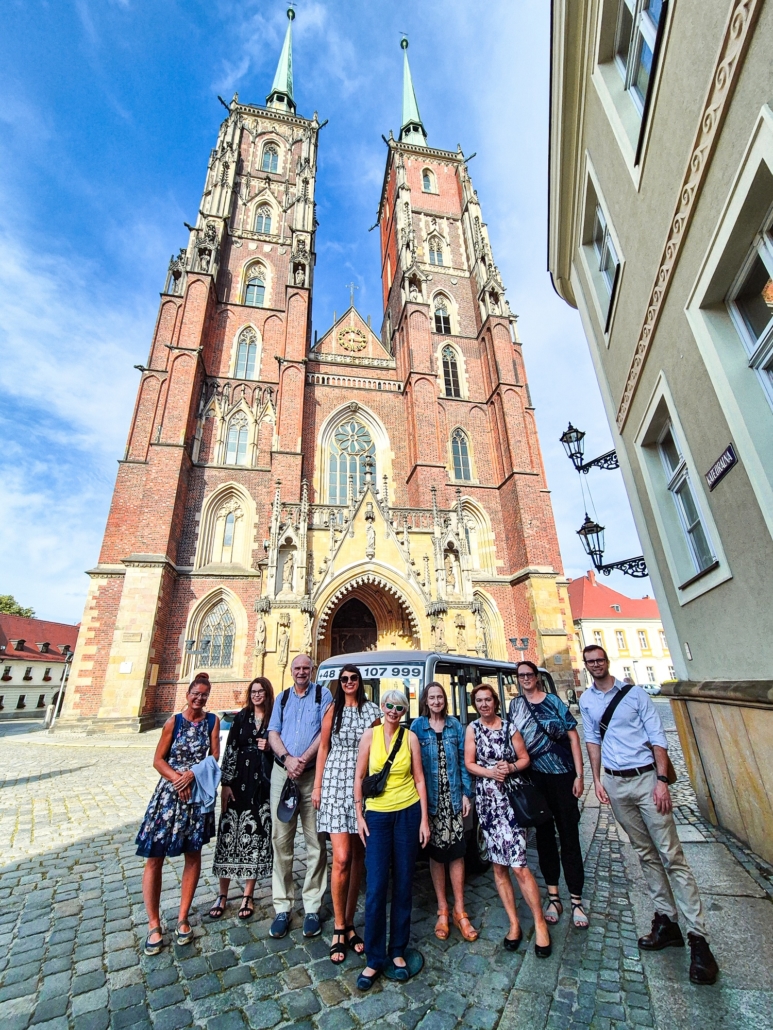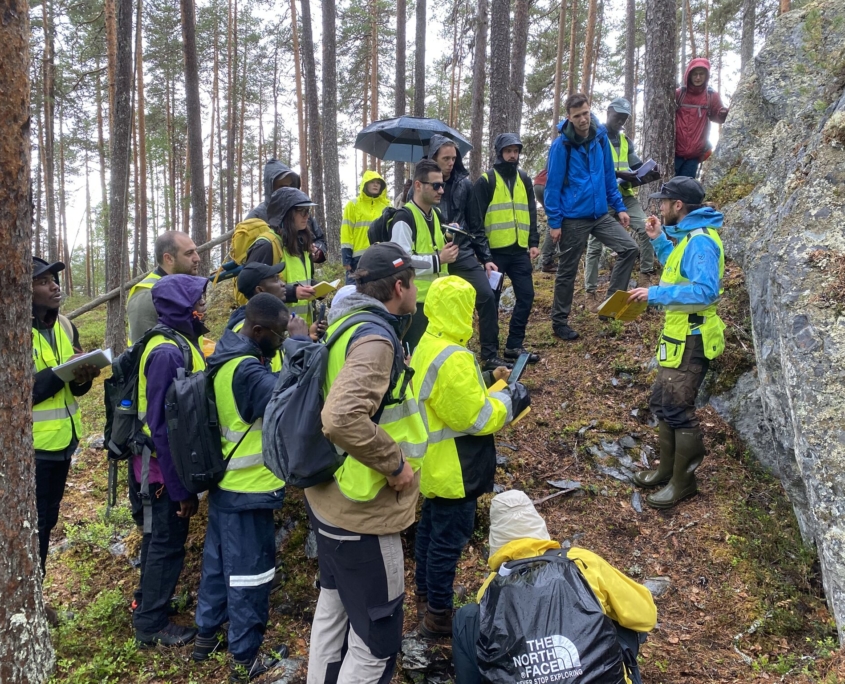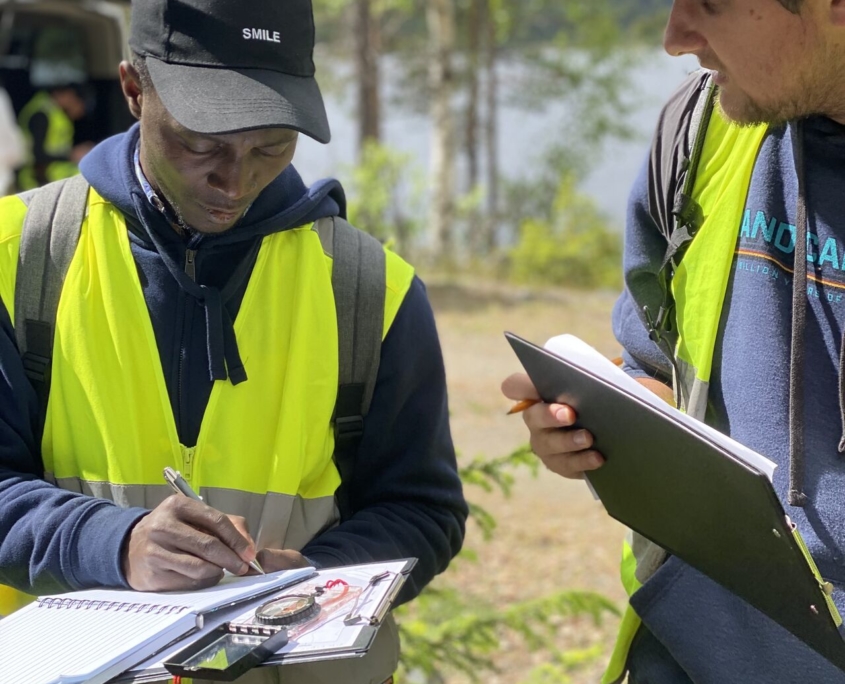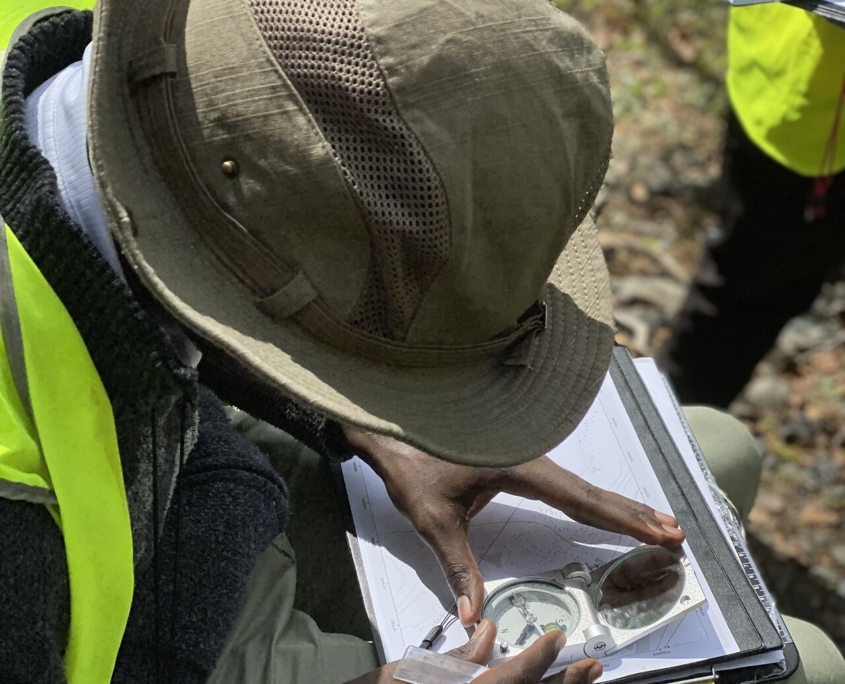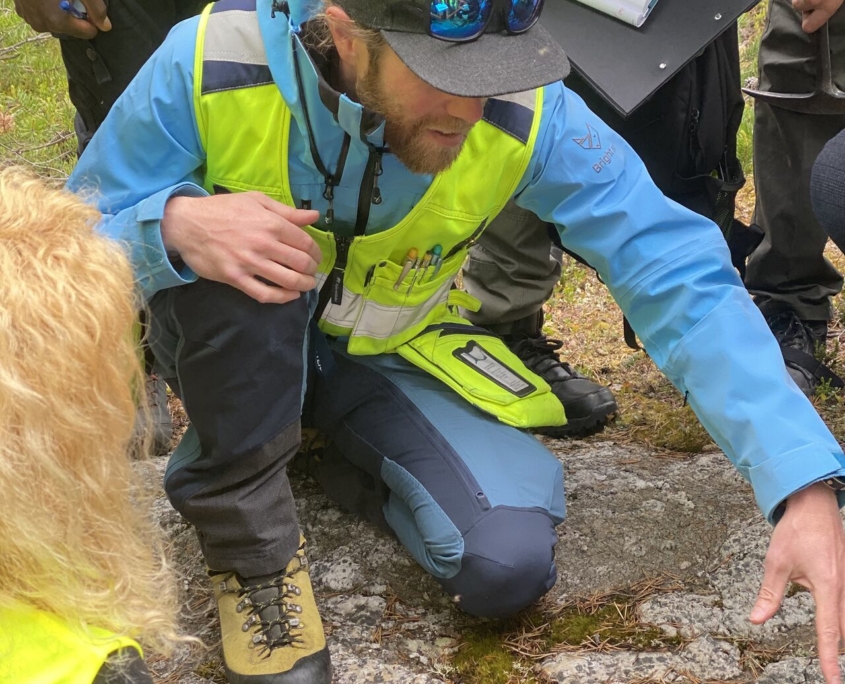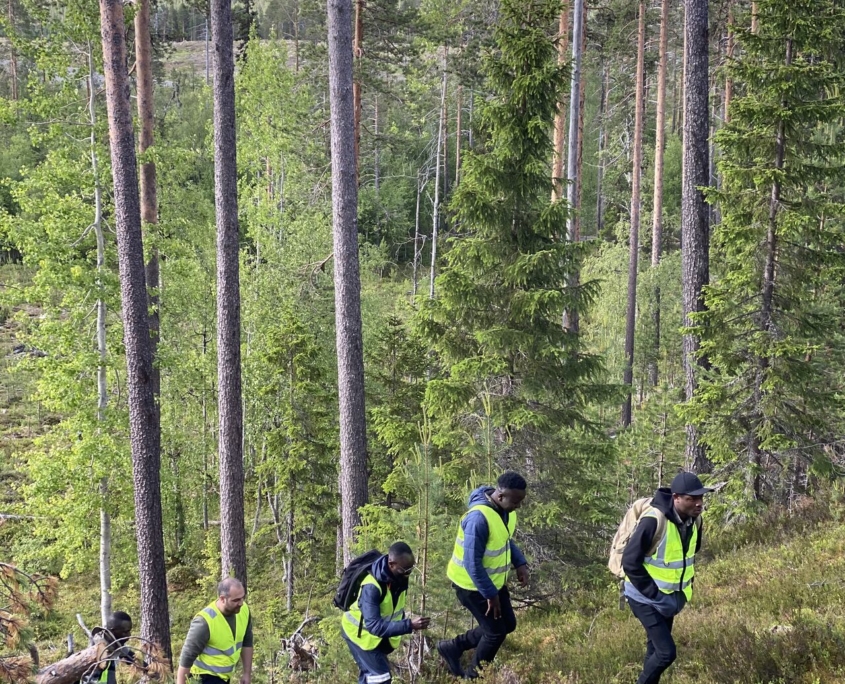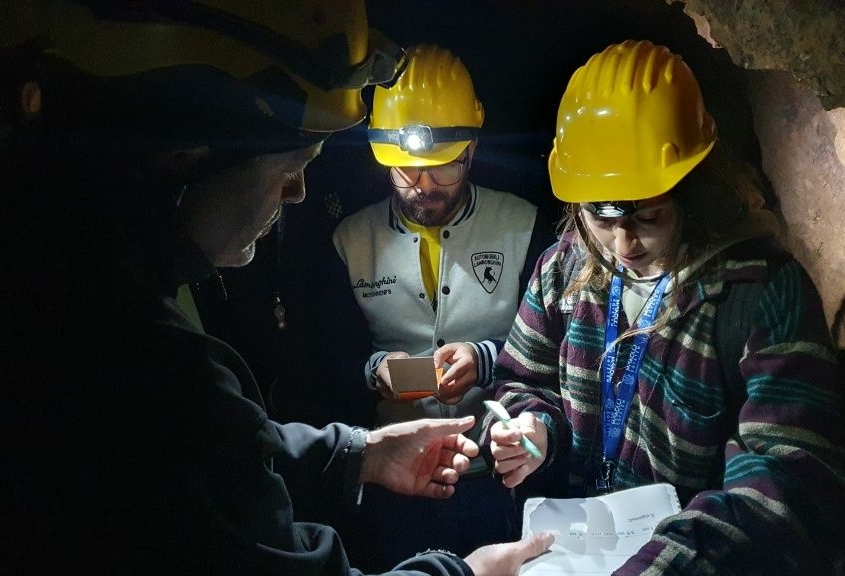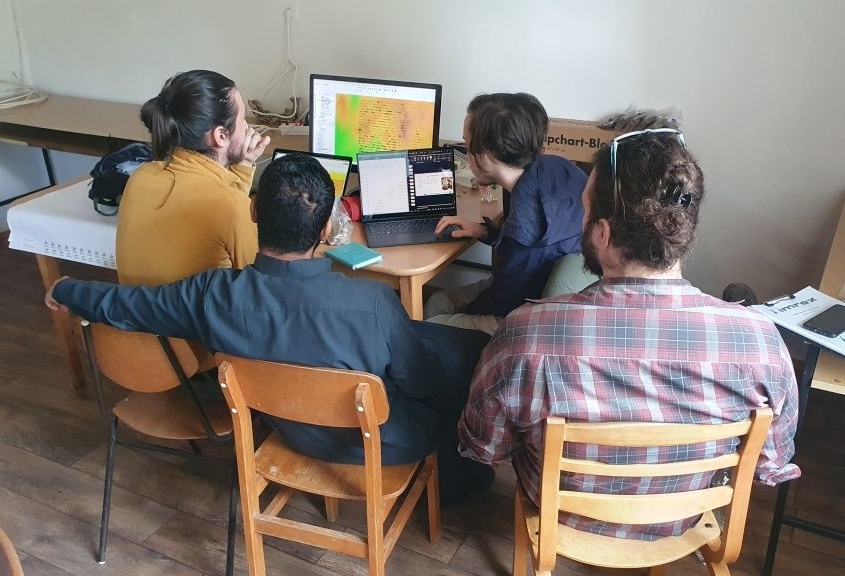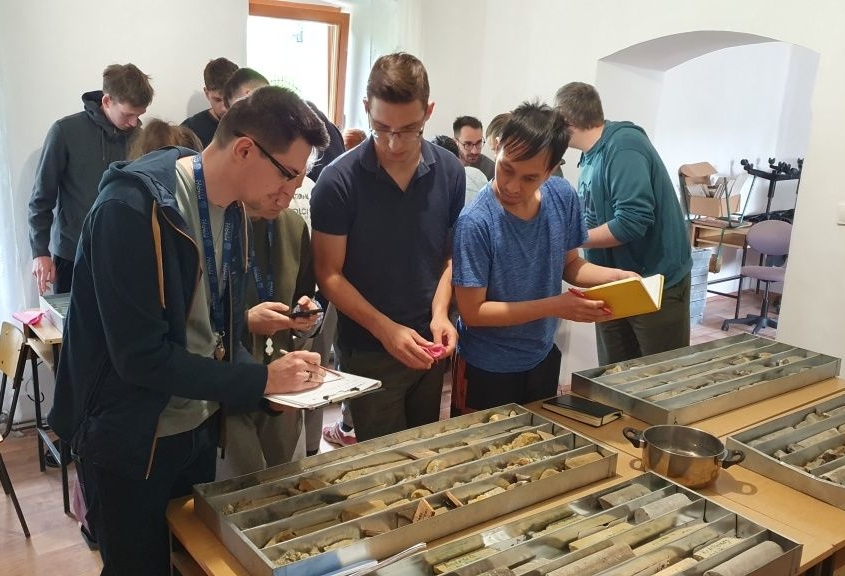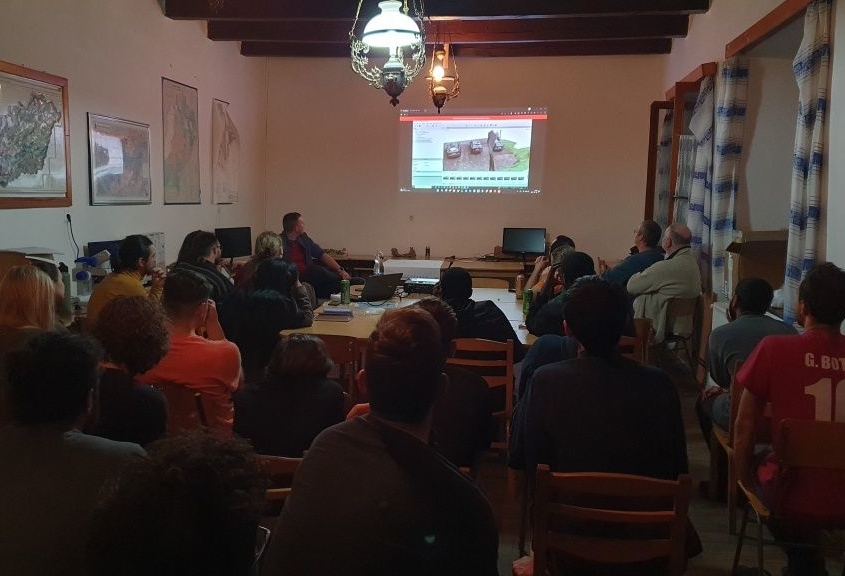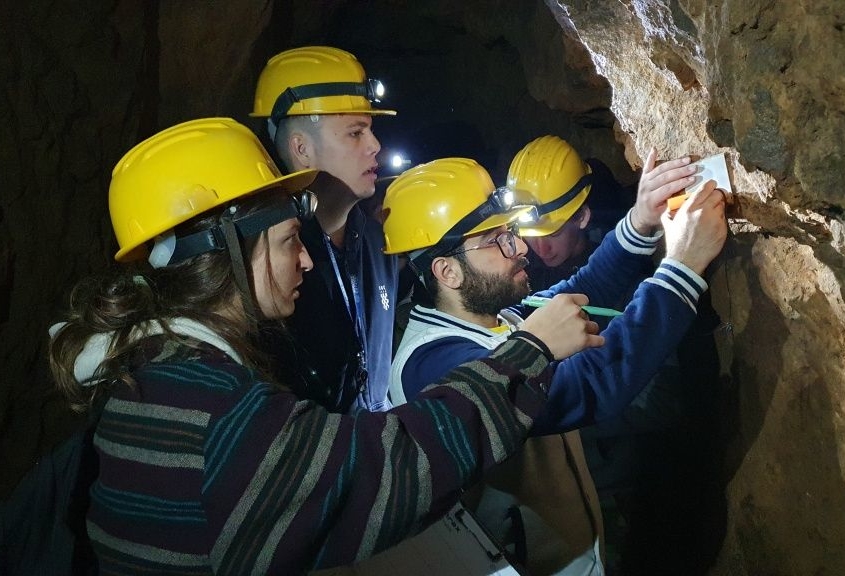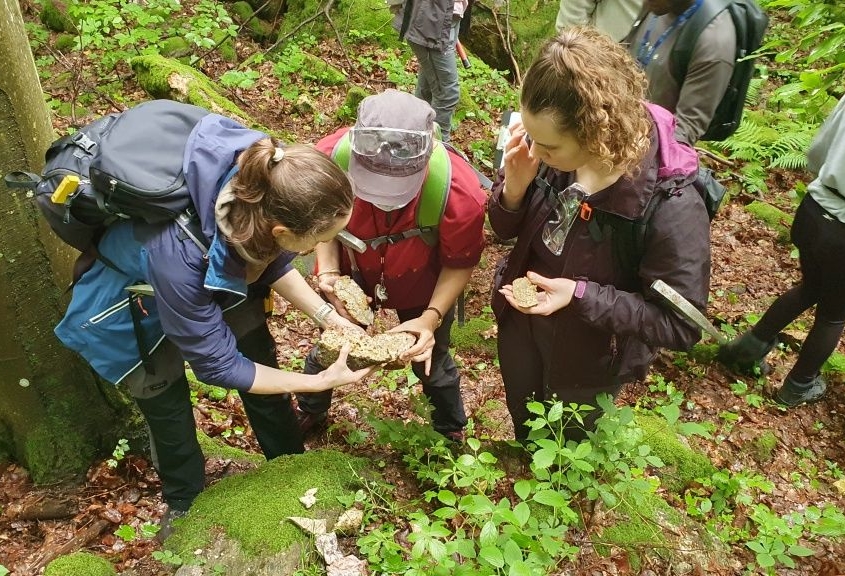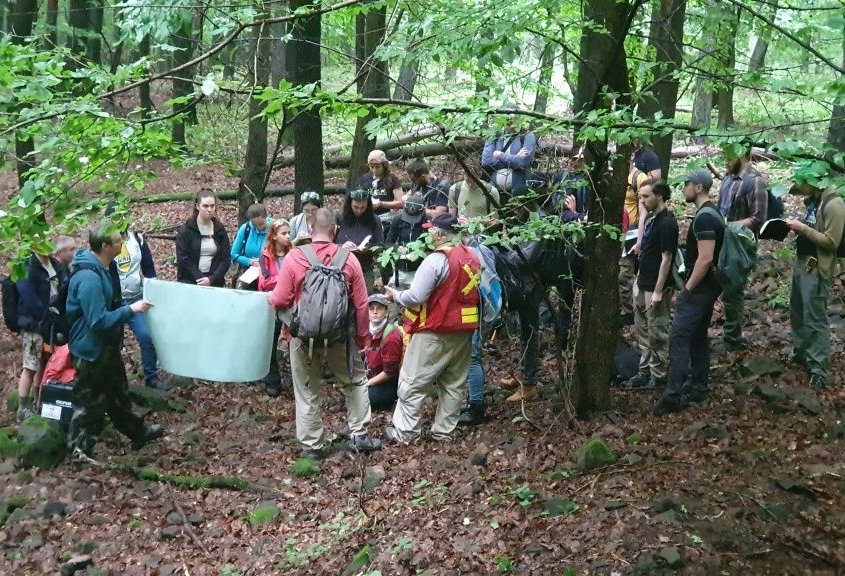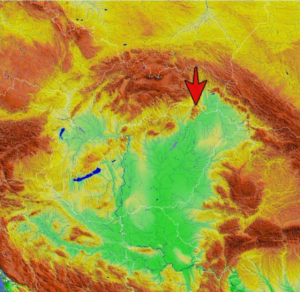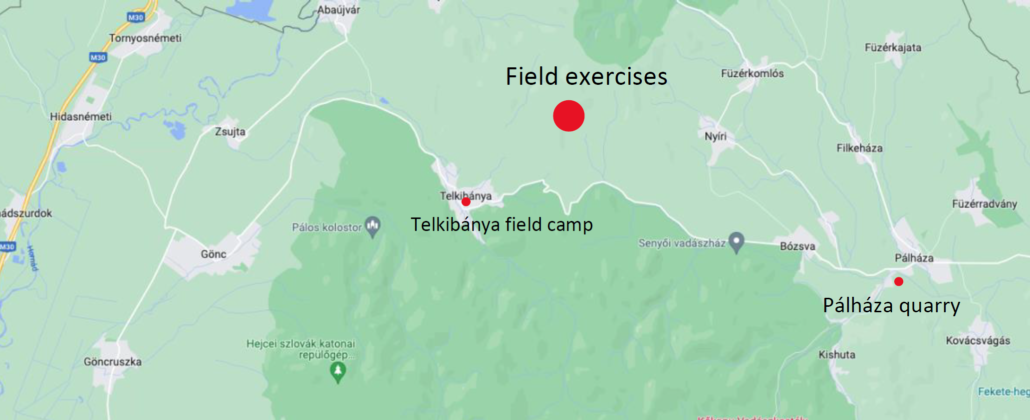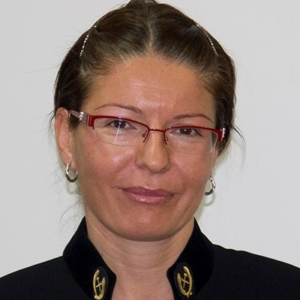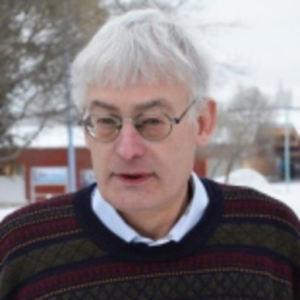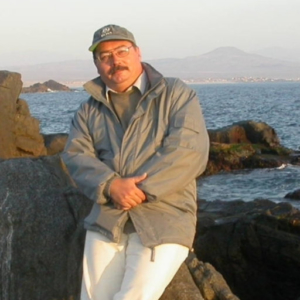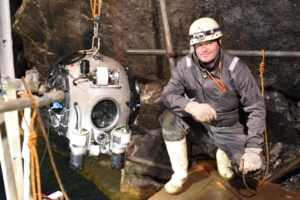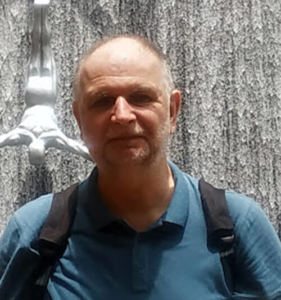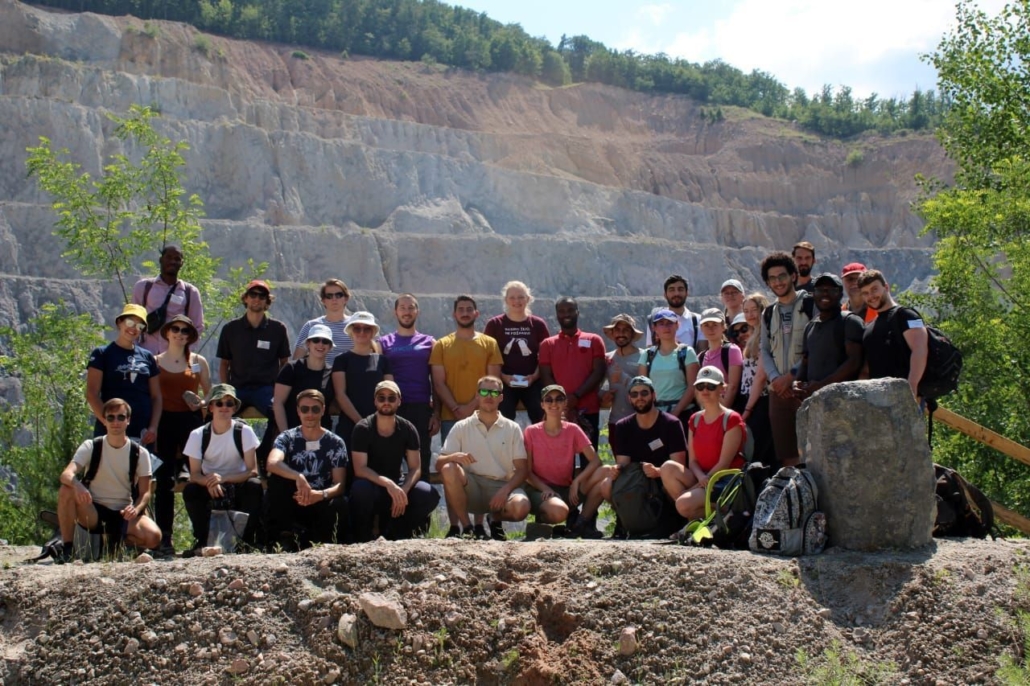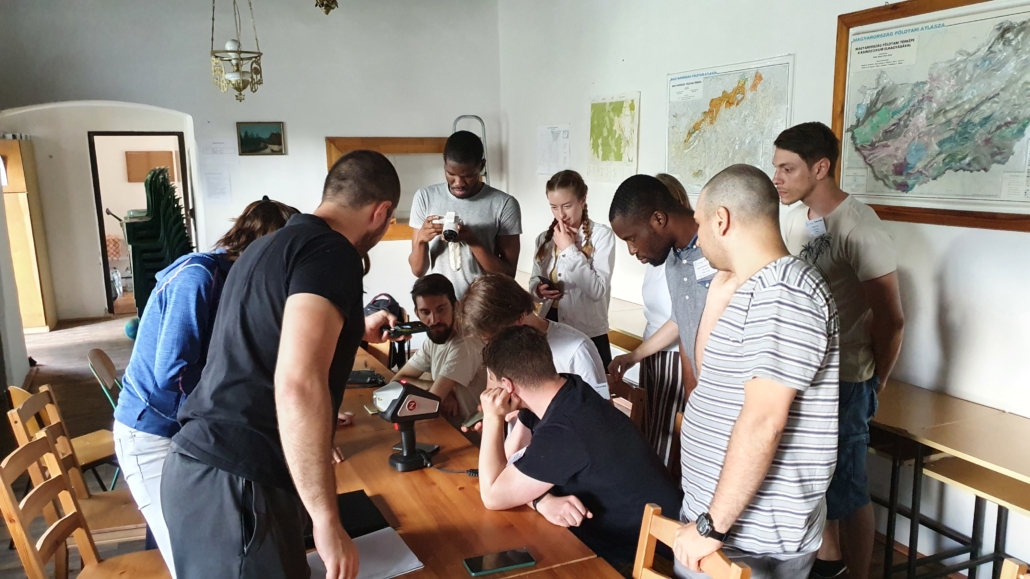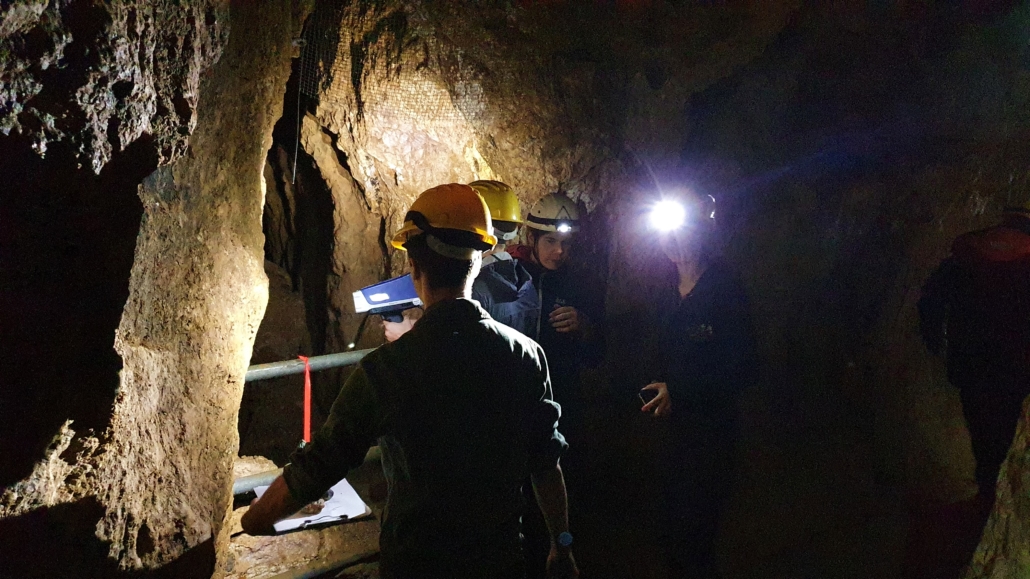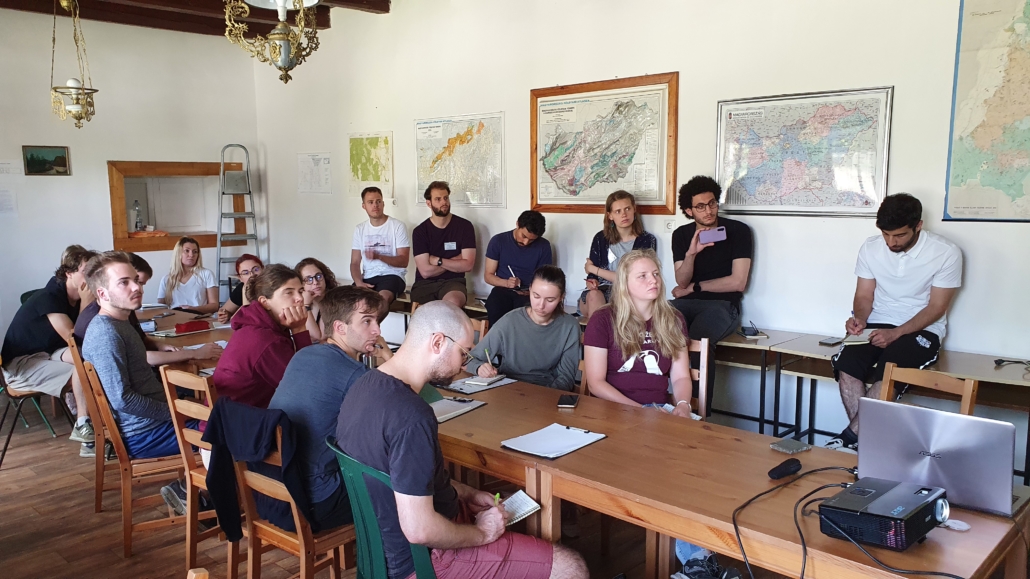TIMREX-CRM project as the continuation of the TIMREX project for the period 2025-2027 aims to further improve the TIMREX joint master project for two more cohorts. Graduates will become T-shaped mineral exploration professionals for an efficient implementation of the EU CRM Act, integrating more deep-tech technologies and approaches in field and laboratory practices. The project adds challenge-based experiences for students, will strengthen the start-up creating actions and ecosystem and ESG mindset, improve fieldwork activities at all academic partners.
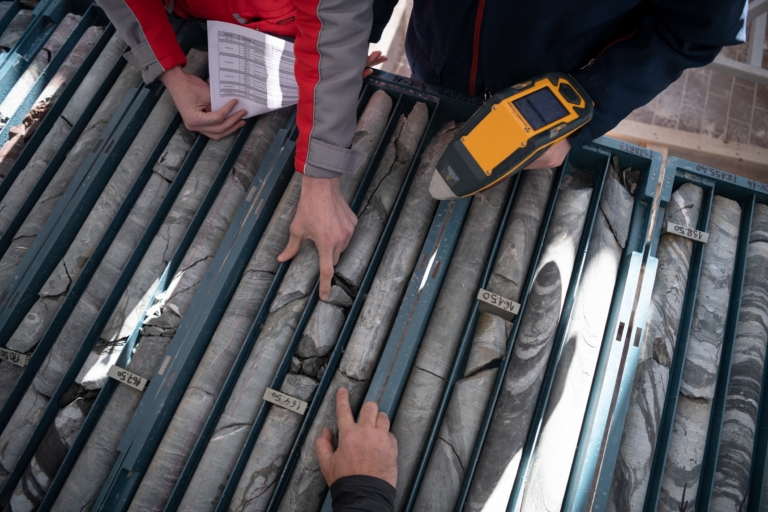
TIMREX-CRM project will focusing on curriculum development, extend fieldwork and start-up creating activities. The program aims to meet the strategic needs outlined in the CRM Act while providing skilled workforce for the exploration of critical and strategic minerals in the EU.
The curriculum aims to incorporate advanced mineral exploration technologies, including deep-tech achievements, with a strong focus on fieldwork and application of cutting-edge approaches. The project aligns with the changing exploration regulatory framework in the EU and seeks to tailor the curriculum to meet the targets of the CRM Act.





